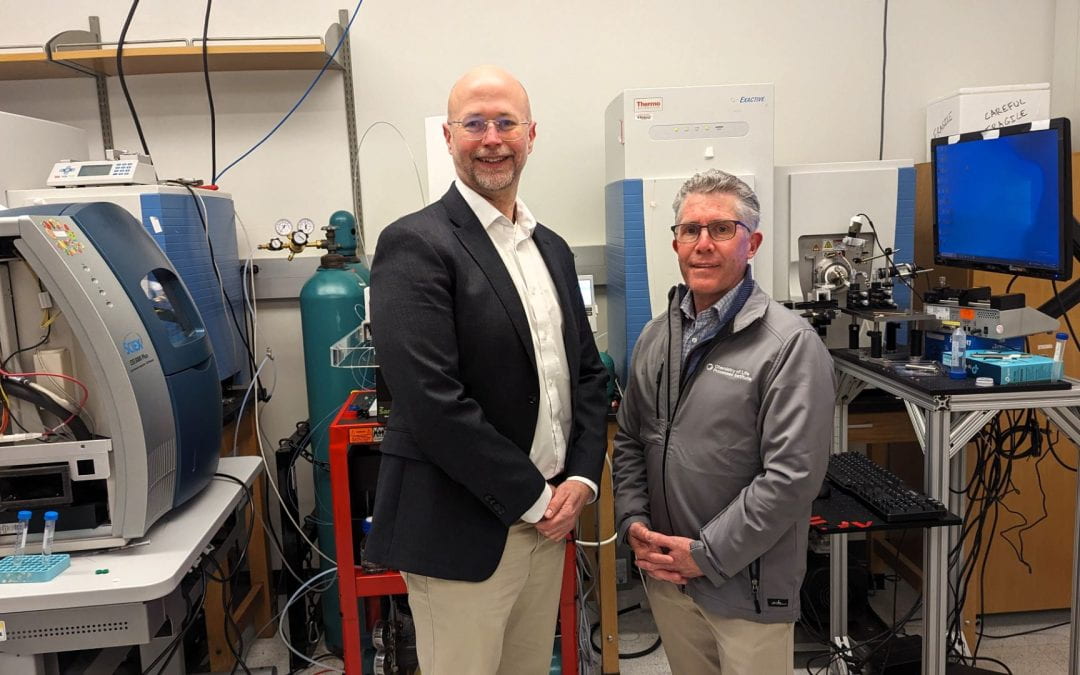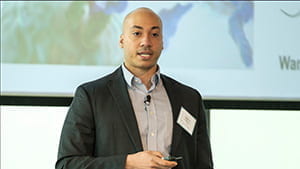“We have this interesting phrase about how to pursue complex, big, high-value science; we say we hunt in packs. That is to say that we team up, barriers are low, and professors join forces to go take on bigger problems with direct societal benefit.”
Neil Kelleher, Faculty Director, Northwestern Proteomics, Walter and Mary E. Glass Professor of Molecular Biosciences
Tackling big questions requires a dynamic ecosystem where multiple perspectives can flourish. Chemistry of Life Processes Institute provides the tools, resources and expertise needed to support and accelerate ambitious research programs.
Chemistry of Life Processes Institute strengthens collaborative research across Northwestern by partnering with departments, schools and programs to stimulate interdisciplinary research across the interfaces of life sciences, engineering and physical sciences. In the past decade alone,The Institute has helped advance 75 new therapies, diagnostics and medical devices through the development pipeline and accelerated interdisciplinary team science research programs in cancer, eye disease, heart disease, fertility, and drug development.
CLP News

Northwestern’s Chemistry of Life Processes Institute Receives a Grant Award from The Michael J. Fox Foundation
As is the case with many other diseases, a protein is thought to be a key driver of Parkinson’s disease (PD). Thanks to a two-year $700,000 grant from The Michael J. Fox Foundation for Parkinson’s Research (MJFF), researchers in Northwestern’s Chemistry of Life...

Student Spotlight: Ananya Basu
Ananya Basu, a third-year PhD student, is using innovative approaches to overcome previously intractable targets in the Zhang Lab. Appointed to the CLP Predoctoral Training Program, she is being co-mentored by Zhang (chemistry) and Horvath (molecular biosciences)....

Transfer learning paves the way for new disease treatments
Technological advances in gene sequencing and computing have led to an explosion in the availability of bioinformatic data and processing power, respectively, creating a ripe nexus for artificial intelligence (AI) to design strategies for controlling cell behavior. In...



